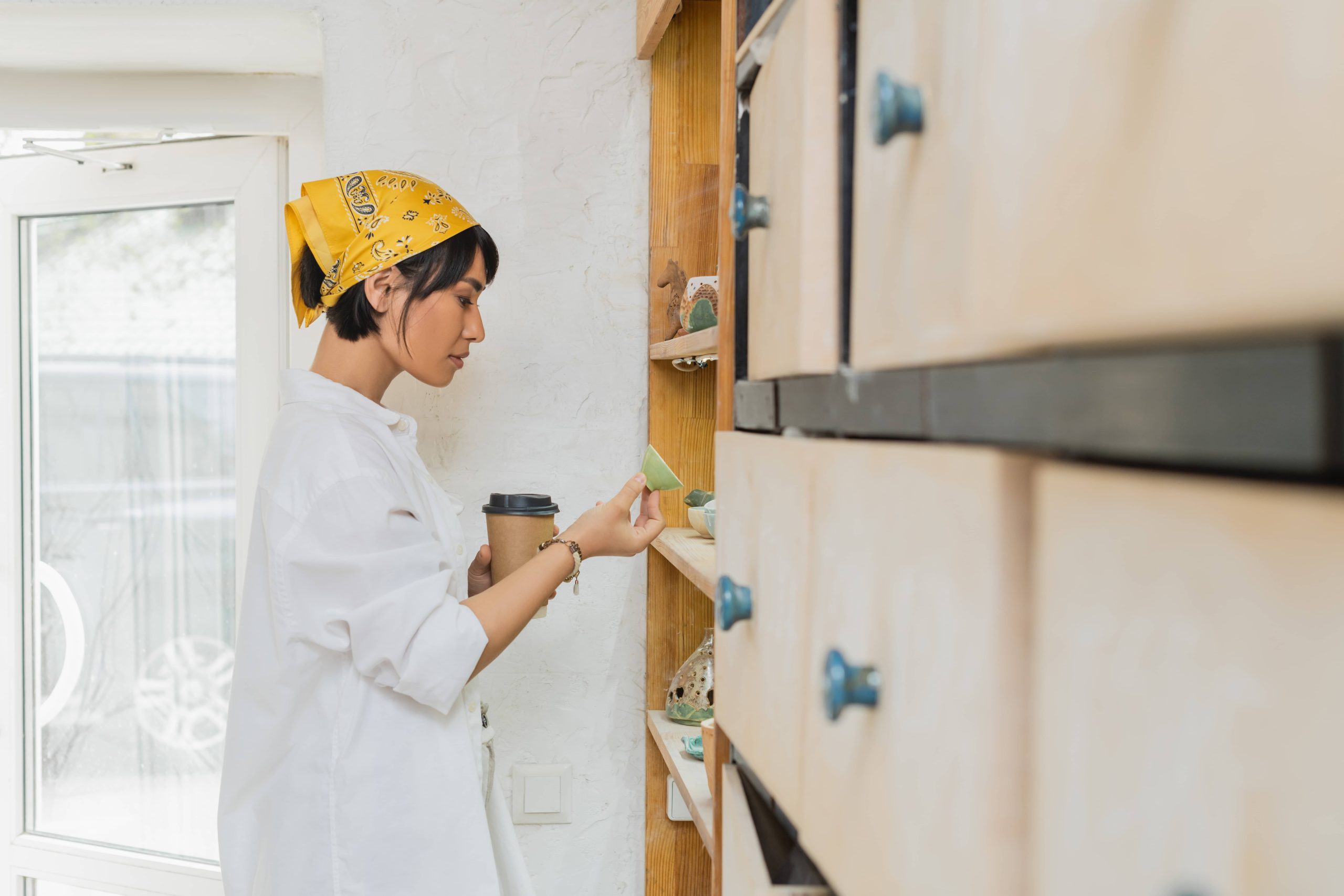
In the hustle and bustle of everyday life, it’s easy for our homes to become cluttered and disorganized. When you’re juggling work, family, and the myriad demands of modern living, your storage areas—closets, garages, basements, and even that junk drawer in the kitchen—can quickly transform into chaotic spaces that add more stress to your day. However, with a little planning and a few handy tips, you can transform these areas into organized, functional spaces that enhance the serenity and efficiency of your home. Here’s how to tackle the project of organizing the storage areas in your home.
Step 1: Assess and Declutter
Before you begin organizing, you need to conduct a thorough assessment of what you own. Go through each storage space and take inventory of the items you have. This is the perfect time to declutter. Ask yourself these questions: Do you use it? Do you need it? Does it hold sentimental value? If the answer is “no” to all three, it might be time to let it go. Donate items that are in good condition, recycle when possible, and dispose of things that no longer serve any purpose. Decluttering will not only create more space but will also make the organization process much easier.
Step 2: Plan and Prioritize
Once you’ve decluttered, assess your storage needs. Consider what items you need easy access to and what can be stored out of sight. Prioritize organizing spaces that will have the most impact on your daily routines. For instance, if you’re continually searching for shoes, start with the entryway closet. If you do a lot of cooking, focus on your kitchen pantry or cabinets.
Create a plan for each storage space that outlines what you want to achieve. For example, you might want to turn a chaotic garage into a functional workshop and storage zone for seasonal decorations. Breaking down the tasks involved and setting goals will give you a clearer vision and make the organization process more manageable.
Step 3: Organize with Purpose
Now comes the fun part—organizing! Here’s how to effectively organize different storage areas in your home:
Closets
Closets are sanctuaries for our clothes and personal items, yet they often end up as catch-alls for miscellaneous things. Use uniform hangers to give a more orderly appearance. Consider using clear bins for seasonal items that make identifying content easy. Add shelf dividers to prevent sweaters and other folded clothes from toppling over. Shoe racks or over-the-door organizers can maximize space and ensure every shoe has a home.
Garages and Basements
These areas tend to collect items like tools, sports equipment, and lawn care products. Install shelving units or pegboards to maximize vertical space. Bin systems or clear, labeled containers can help sort smaller items. Wall-mounted bike racks or ceiling storage systems can elevate infrequently used items, freeing up valuable floor space. Don’t forget to designate zones for different categories—gardening, home maintenance, and recreation—so every family member knows where to find and store their items.
Kitchen Pantry
A well-organized pantry can significantly reduce meal prep stress. Categorize items—baking, snacks, breakfast—using baskets or bins. Label everything, even if it’s in clear containers, so anyone can quickly locate what they need. Consider using tiered shelves for canned goods and lazy Susans for spices or bottles, allowing you to efficiently use deep shelves.
Bathroom Storage
Bathrooms can quickly overflow with cosmetics, toiletries, and towels. Drawer organizers and small bins help keep items neatly contained and accessible. Over-the-door storage systems can provide extra space for towels or hair tools. Use vertical storage, such as shelves or towel racks, especially in smaller bathrooms where space is at a premium.
Home Office
With the rise of remote work, home offices have become a critical space. Keep your desk clutter-free by using cable organizers, paper trays, and drawer inserts. Floating shelves can help display books and essential items without taking up desk space. File cabinets or portable file boxes can keep paperwork organized—consider using a color-coded system for quick reference.
Step 4: Maintain the Organization
The key to a consistently organized home is maintenance. Set aside a few minutes each week to put things back in their designated spots. Implement the “one in, one out” rule—if you buy a new item, something old must go. Regularly reassess your storage needs, especially after life changes such as moving or decluttering.
Involve your family in maintaining these organized spaces. Teach kids where their toys belong, encourage them to tidy up before bedtime, and make it a household habit to put things away after using them. Enforcement of these habits can lead to lasting organizational success.
Conclusion
Organizing the storage areas in your home is not just about creating a visually pleasing space; it’s about cultivating a lifestyle that minimizes stress and maximizes efficiency. As you organize, you’ll find yourself developing a deeper understanding of your needs and the way you live, possibly even discovering areas that can be downsized or streamlined further.
Remember, the most critical part of organization is starting. So, grab those storage boxes, label makers, and shelf organizers, and begin reclaiming the tranquility of your home today. With each well-organized area, you’ll reduce daily stress and create a more harmonious environment for yourself and your loved ones. Happy organizing!

